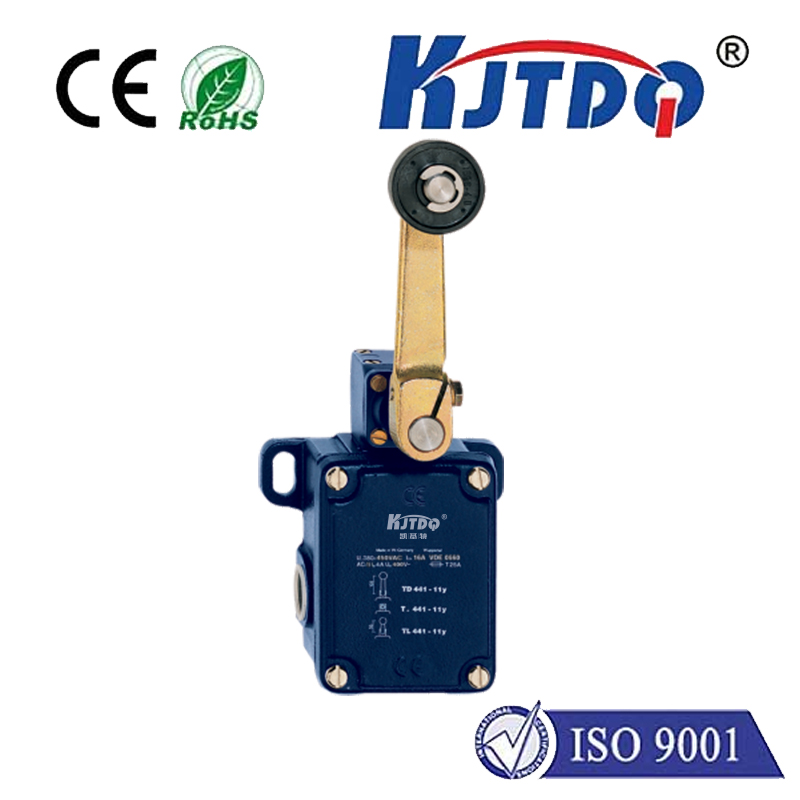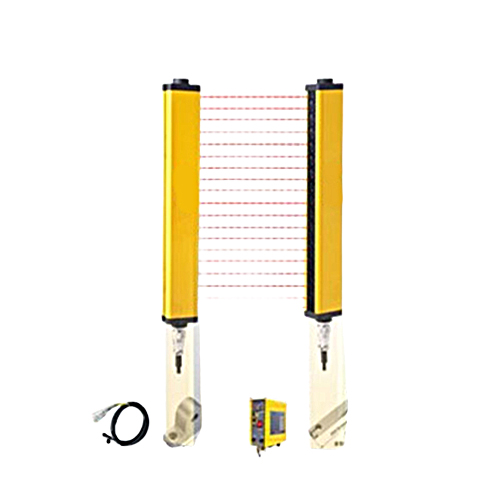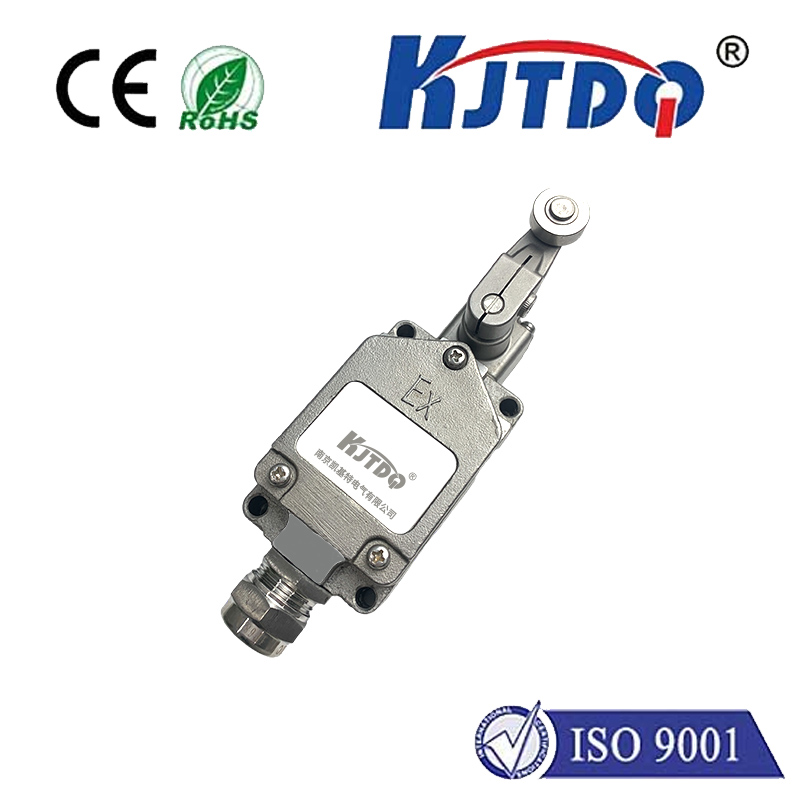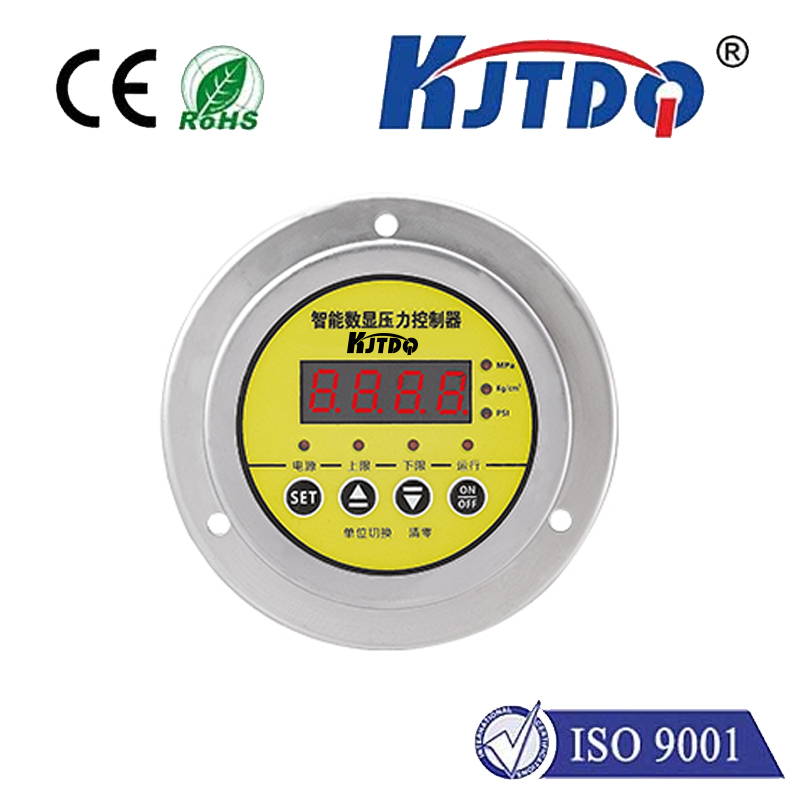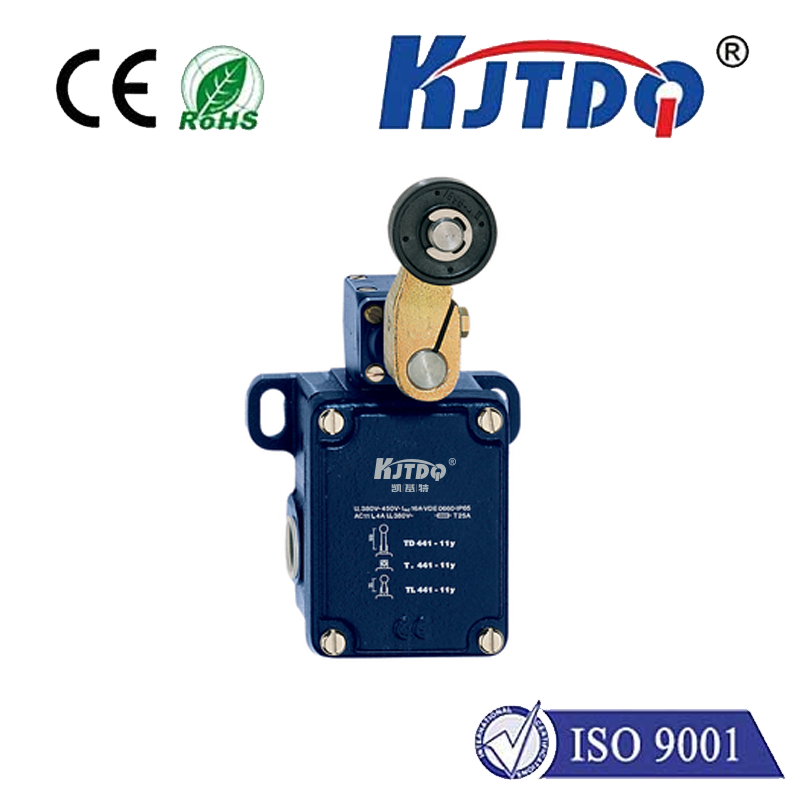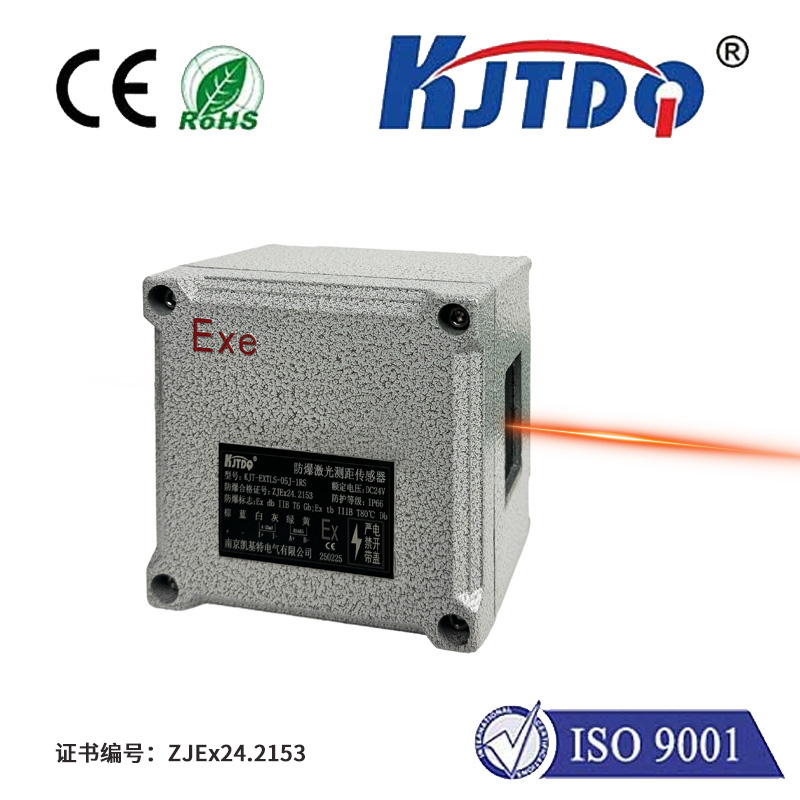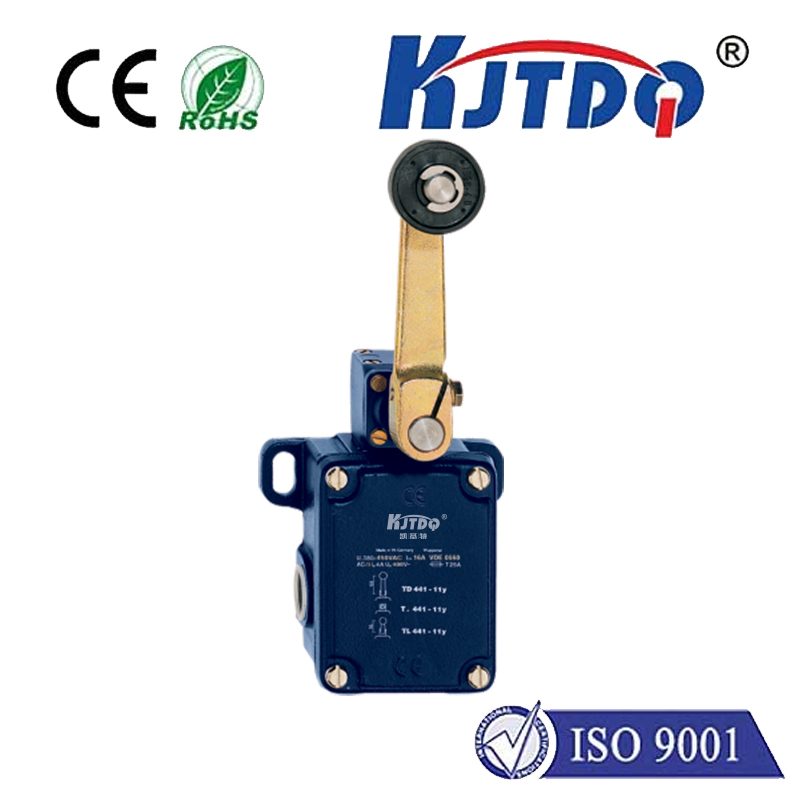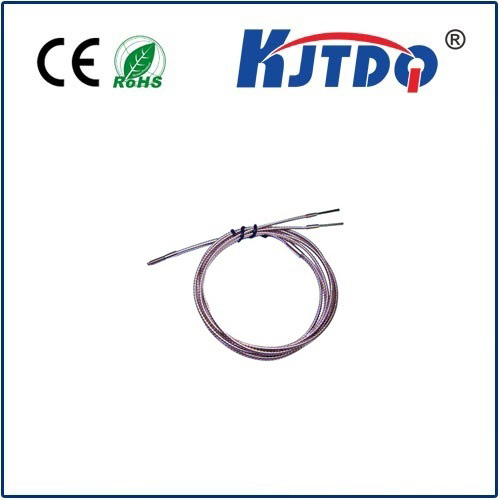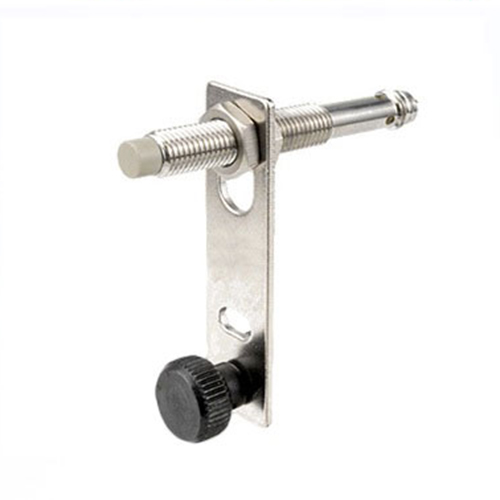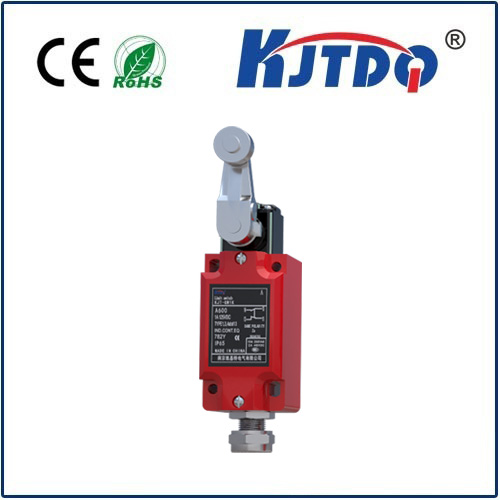

check

check

check

check

check

check

check

check

check

check
PNP photoelectric sensors are versatile devices that offer rapid response times, making them crucial for various industrial applications. With a maximum source current of 50mA and a reaction time of under 0.5ms, these sensors ensure seamless and efficient operational workflows. Their design also integrates an orange LED indicator that lights up when the output is ON, providing users with clear status confirmation.
One notable feature of the PNP photoelectric sensor is its dual-LED indication system. Besides the orange LED, there's also a green stability indicator. This green LED illuminates when the sensor either detects steady-state light or remains in a stable non-light receiving condition. This dual-LED mechanism not only enhances user interaction but also promotes better troubleshooting and maintenance procedures.

In terms of durability and protection, these sensors boast an IP67 rating, meaning they are protected against dust ingression and can withstand immersion in water up to 1 meter deep. This makes them suitable for harsher environmental conditions without compromising performance or longevity.
The operating temperature range of PNP photoelectric sensors is another aspect that highlights their adaptability. They function effectively between temperatures of -25°C to +55°C, ensuring reliability across varying climates. However, it’s critical to avoid exposing them to conditions that may cause condensation or freezing, as this could affect their performance. For storage, an even broader temperature range down to -30°C is permissible, adding to their flexibility.
Moreover, their fast response and stable output characteristics make PNP photoelectric sensors ideal for applications requiring quick reaction times and consistent performance. Whether it’s in manufacturing lines where precise timing is essential, or in automated systems needing reliable signal conversion, these sensors offer a robust solution.
In conclusion, PNP photoelectric sensors combine rapid response, clear status indicators, robust protection, and wide temperature tolerance to serve diverse industrial needs. With their ability to perform in demanding environments and facilitate smooth operation through clear indicators, they remain indispensable components in modern automation and sensing technologies.
